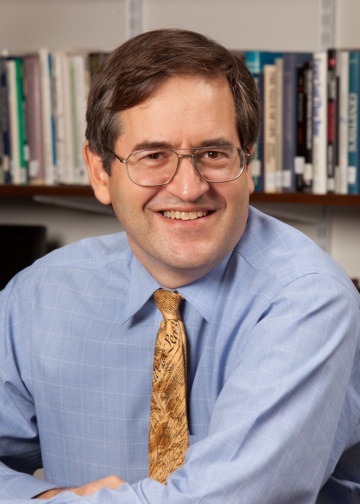New York’s constitution mandates a statewide referendum every 20 years on whether to convene a state constitutional convention. This referendum is next on the ballot on Nov. 7, 2017. If voters pass it, they would then elect convention delegates who would then propose constitutional amendments for voters to approve or reject.
The unique democratic function of this periodic referendum is to provide an opportunity for the people to bypass the Legislature’s veto power over constitutional amendment. The people are thus empowered to amend the constitution in ways the Legislature would oppose, including making legislative elections more competitive and strengthening competing branches of government.
To alleviate the problem of voter ignorance prior to the last referendum in 1997, Gov. Mario Cuomo signed an executive order creating a preparatory commission to enable voters to make an “informed decision on whether a convention is desirable in 1997.” The commission of 17 gubernatorial appointees collected public recommendations about what a convention should do and then publicly reported its own recommendations.
Cuomo’s son Andrew, the current governor, should follow in his father’s steps by creating a preparatory commission via executive order that is independent of the Legislature. But its structure and mission should capitalize on the opportunities for public deliberation created by modern communications technology.
Such a preparatory commission would focus on gathering and disseminating recommendations on convention-related issues but not take on the additional task of making its own recommendations. The commission would be very small, say, five members. And rather than being selected from government experts or stakeholders, commissioners would be selected from among retired judges and journalists with a lifelong reputation for fairness. It would let the public submit and view comments on a public website that it moderates and organizes, similar to what’s done in the federal rulemaking process. Of course, written comments could be supplemented with conventional public hearings.
Comments would be made in phases; for example, initial comments by August 1, 2017, reply comments by Sept. 15, 2017, and final comments by Nov. 1, 2017. Each round would stimulate discussion and be a point for coverage.
Alternatively, a nonprofit press association, such as the Legislative Correspondents’ Association—the organization of journalists who cover state government in Albany—could take on such a crowdsourcing function, similar to the way the press combines resources for a “press pool” for certain events. Foundation money would likely be needed to fund such a system.
Another similar service is provided by the national Democratic and Republican Party organizations when they produce a series of presidential primary debates that help educate reporters and the general public.
Most New Yorkers don’t even know that they have a state constitution, let alone what a state constitutional convention might reasonably be expected to do. This commission proposal could help ensure that the public’s deliberation on whether to vote for a convention is not dominated by last minute fearmongering, soundbites, and ads.
A sovereign people has no right more fundamental than the right to alter its constitution. This right is embodied in the U.S. Declaration of Independence’s assertion that the people have an “unalienable” right to “alter” their government, It is also embodied in the first article of many state constitutions’ declaration of rights; and in New York’s Nov. 7, 2017 referendum.
The periodic convention referendum implements that inalienable right in its most difficult case: when the people’s agents have a conflict of interest with the people. A crowdsourced commission could help the people make that choice in a well-informed way.
Source: Snider, J.H., Convention a basic N.Y. right, Albany Times Union, August 28, 2015.
